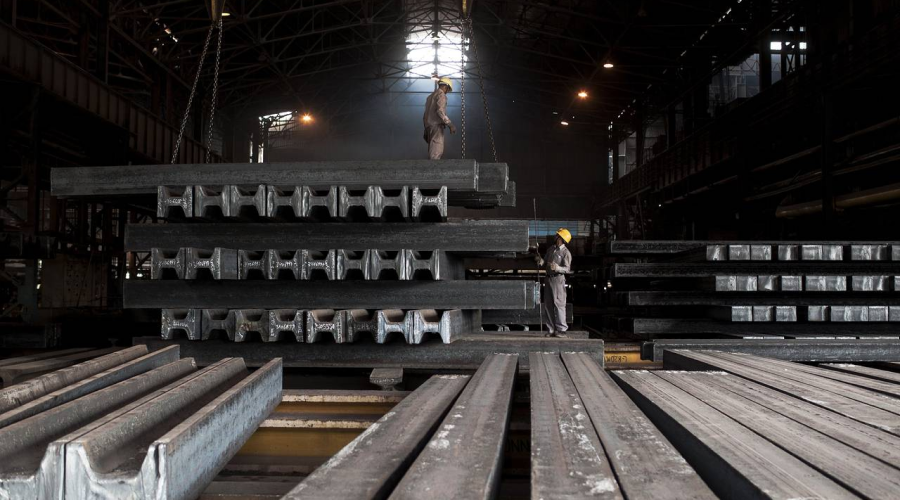India–US Trade Tensions Rise Over Steel and Auto Tariffs NMDC Limited reports a 38% drop in Q4 FY24 consolidated net profit RINL to Raise $23 Million Through Land Sales Amid Crisis

Due to the sudden and recent boom, the global steel market is currently in a severe downturn as the huge supply drives prices to unprecedented lows. The market is saturated with excess steel production mainly due to excess capacity in major producing countries and falling demand from key sectors such as construction and automotive
According to recent market data, steel prices fell more than 20% in the past month. Analysts attribute the increase in production to major producing countries, including China and India, which raised output due to earlier higher commodity prices but failed to meet expected demand in 1914, increasing the supply of goods.
The sharp fall in commodity prices has worried steel producers, especially those with high production costs, who are struggling to stay profitable. Small and medium-sized businesses are facing particularly difficult conditions, with some already beginning to cut production or withdraw investment plans.
Many industry players advocate concerted efforts to stabilize the market in these challenging market conditions. This includes potential changes in output and increased efforts to stimulate demand through infrastructure and other investments. If successful, these efforts could lead to a more balanced market and improved conditions for all players.
The effects of this market shift are expected to ripple through the steel-based industry. This could reduce construction and manufacturing costs and pose risks to steel mills' industry jobs and economic stability.
The repercussions of this market shift are expected to ripple through various sectors dependent on steel. This could potentially lead to lower costs for construction and manufacturing, but it also poses significant risks for industry jobs and economic stability in steel-producing regions. Emphasizing these risks can help stakeholders understand the urgency of the situation.
Also Read : India’s Steel Recycling Push: AMNS India Unveils New Scrap Facility SAIL’s Rourkela Steel Plant Signs Deal to Build Pellet Plant